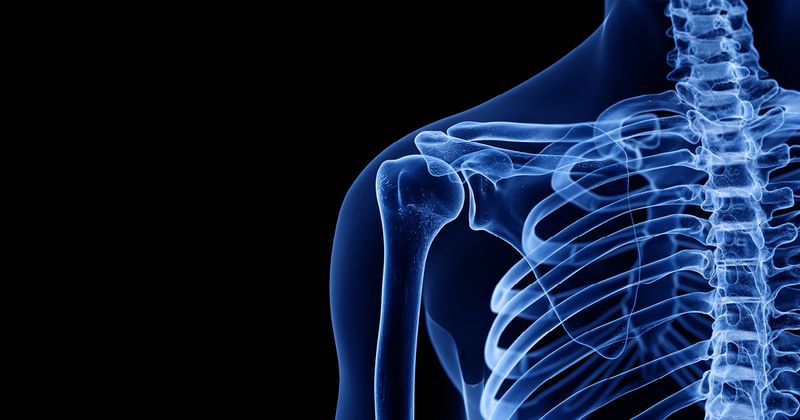Perioperative IV dexamethasone not associated with PJI, wound complications after TSA
Key takeaways:
- Use of perioperative IV dexamethasone may be safe and effective for patients undergoing shoulder arthroplasty.
- Dexamethasone was not associated with increased risk of infection or wound complications.
According to published results, use of perioperative IV dexamethasone was not associated with increased risk of periprosthetic joint infection or wound healing complications after total shoulder arthroplasty.
Researchers from the Keck School of Medicine at the University of Southern California analyzed data from 135,333 adults who underwent elective shoulder arthroplasty between 2016 and 2020. According to the study, 61.2% of patients underwent reverse TSA, 33.8% underwent anatomic TSA and 5% underwent hemiarthroplasty.

Researchers compared outcomes between 89,266 patients (mean age, 69.1 years) who received a mean of 11 mg of IV dexamethasone perioperatively and 46,067 patients (mean age, 69.9 years) who did not receive dexamethasone. Outcomes included PJI, wound infection and wound dehiscence at 90-day follow-up, as well as pulmonary, renal and thromboembolic complications.
Researchers noted use of perioperative IV dexamethasone increased by 135% during the study period.
“The rate of IV dexamethasone use appears to be rising in patients undergoing TSA, likely due to increased recognition of its beneficial effects as part of a perioperative medication regimen,” the researchers wrote in the study.
They found patients who received dexamethasone had no increased risk for PJI, superficial wound infection or wound dehiscence compared with patients who did not receive dexamethasone. They found dexamethasone was associated with decreased risks of 90-day readmission (OR = 0.88), sepsis (OR = 0.67), urinary tract infection (OR = 0.76) and acute kidney injury (OR = 0.82).
“The results of this study support the safety of perioperative IV dexamethasone use in patients undergoing elective TSA,” researchers concluded.

